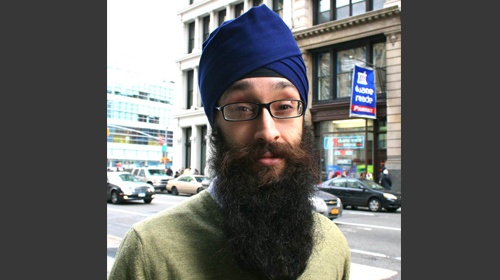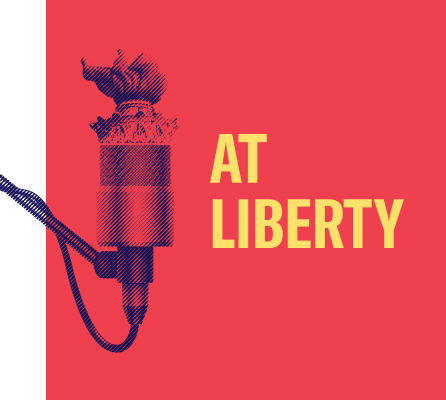
On September 21, I took a walk with a friend near Central Park after dropping off my wife and 1-year-old son. A group of young men on bikes saw my turban and beard – distinctly identifiable features of a devout Sikh – and yelled “Osama” and “Terrorist” before grabbing my beard and punching my face and torso, leaving me with a fractured jaw and other injuries. This isn’t the community I’ve been welcomed by and gotten to know over the past few years, as demonstrated by the bystanders who intervened on my behalf. Nor is it representative of my regular personal and professional interactions. Why did this happen?
What happened to me is part of a larger pattern of violence against Sikh Americans. A 2008 Sikh Coalition community survey revealed that 9 percent of Sikhs in New York City have experienced hate crimes because of their religion. A 2010 Sikh Coalition community survey revealed that 10 percent of Sikhs in the San Francisco Bay Area have experienced hate crimes because of their religion. In 2011, I wrote about need for the FBI to track anti-Sikh crimes in a New York Times Op-Ed, and was unfortunately recognized a little over a year later for becoming subject to one.
In the last three years alone, two elderly Sikhs were murdered in Elk Grove, California in a suspected hate crime; a Sikh cab driver was assaulted in Sacramento, California; a Sikh transit worker was assaulted in New York City; a Sikh cab driver was assaulted in Seattle, Washington; a Sikh business owner was shot and injured in Port Orange, Florida; an 81-year-old Sikh grandfather was beaten with a steel rod in Fresno, California; and six Wisconsin Sikhs were murdered and several more injured by a neo-Nazi at the Oak Creek Gurdwara in one of the worst attacks on an American place of worship since the 1963 bombing of the 16th Street Baptist Church.
These acts may seem random, but when discrimination is echoed in our most respected institutions, it becomes easier to understand why it may seem legitimate to single out a man in a beard in turban for simply looking differently. This past week, the ACLU focused on the case of Jagjeet Singh, who was verbally abused by police officers who called him “depraved” and referred to Sikhs as “terrorists.” A judge, who stated that he should remove “that rag” or face punishment, compounded this abuse. My guess is that these men have never befriended a Sikh or learned about some of our core principles, which include naam japna, remembrance of one force that unites all; vand chakna, sharing your earnings with others; and kirat karni, earning an honest living.
As a teacher, I believe that no one person teaches us our belief system. The roots of hate are complex. But as I learned from the bystanders who intervened to stop my attackers, inspiration is simple and powerful. Some people have been surprised by my response, which invites the young men who attacked me to join me in my daily work of improving the health of our neighborhood and to ask me questions about my life and faith. I don’t think this approach is hopelessly naïve. They need to move beyond a face that they needlessly fear. They need to digest the pain of causing harm to another person in a way that leads to wisdom and personal growth.
In fact, I’d recommend that anyone who has wondered what thoughts and potential actions reside behind an unfamiliar face, should simply ask. I’d personally welcome any questions, no matter how basic or personal they seem. As a country, we simply can’t afford to be adrift amidst a sea of strangers.
Learn more about racial discrimination and other civil liberty issues: Sign up for breaking news alerts, follow us on Twitter, and like us on Facebook.




